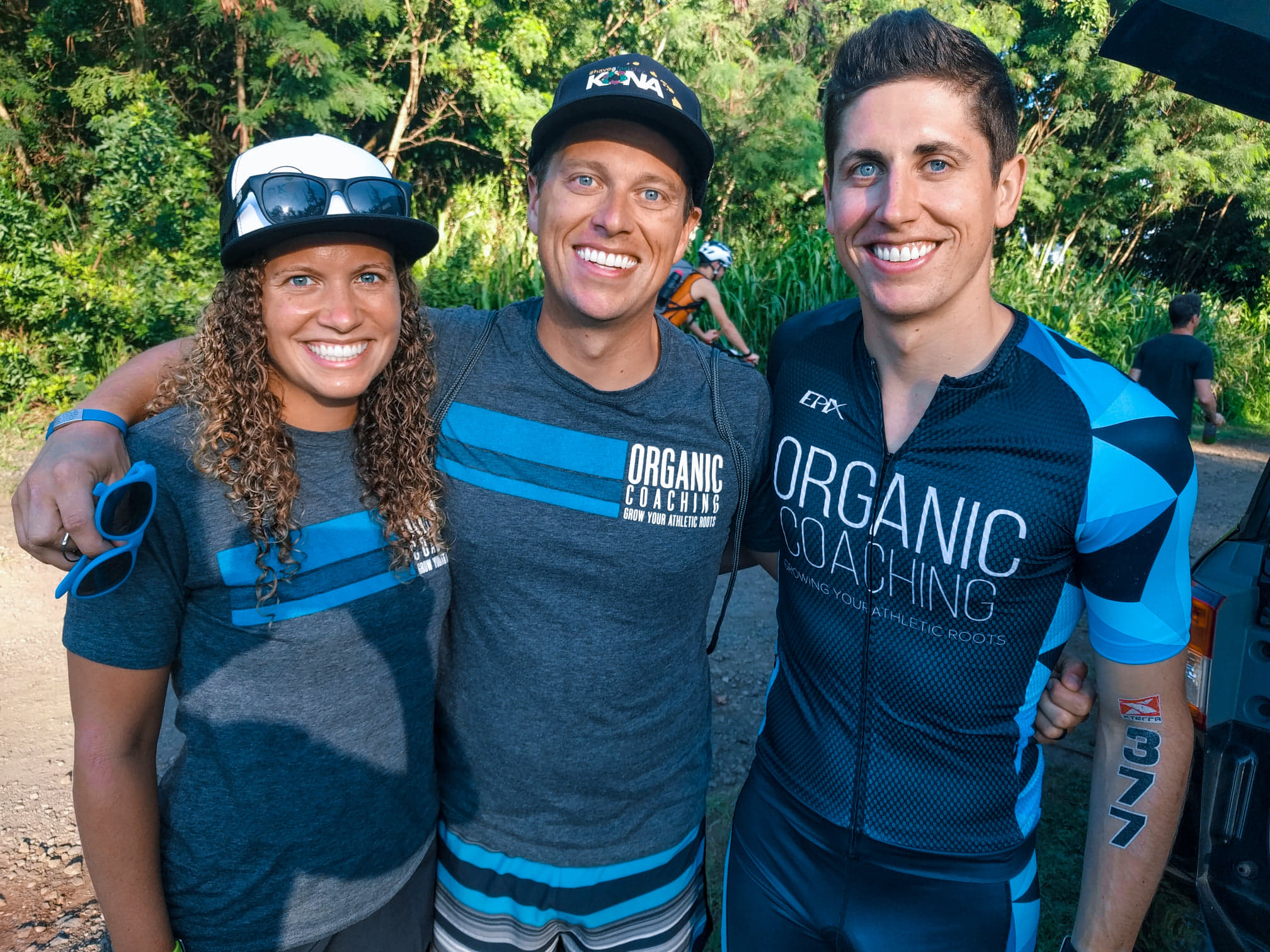
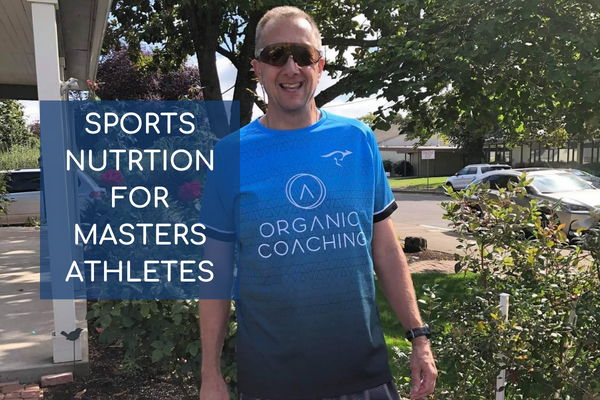
Master’s athletes are the true MASTERS of their craft. They are showing up to the start with force and changing the understanding of the possibilities through our lifespan and that’s why nutrition for Master Athletes is so important. After all, age truly is just a number.
Masters Athletes have varied age specifications across sports.
Age Specifications:
For the purpose of this article, we are defining Master’s athletes as 50 years and older.
There are multiple physiological changes with age that impact an athlete. These include a 10% decrease in VO2 max per decade, a 3 to 5% reduction in heart rate per decade, hormonal changes and subsequent body composition changes, decreased bone density, lower muscle glycogen storing capacity, decrease muscle fiber size, and motor units of type II muscle fibers (sarcopenia), decreased thirst sensation and change in thermoregulation.
Understanding energy needs and what is needed to support our bodies for both health and performance. Basal metabolic rate (aka the energy needed at rest) does decrease with age due to changes in body composition and metabolism. Additional rest days may also be indicated for muscle recovery. Therefore, daily energy needs also decrease with age.
Muscle and strength peak at 20 to 30 years old and begin declining on an average of 3 to 8% per decade after the age of 30. Muscle loss accelerates further after the age of 70. Nevertheless, Master athletes spare muscle losses with continued physical activity when compared to inactive and sedentary counterparts.
Protein needs for endurance masters athletes do not vary from youth or adult athletes. Protein recommendations at 1.2 to 1.4 g/kg body weight for endurance athletes. This amount may increase if energy intake is suboptimal, with increased training demands, and/or if the quality of dietary protein is low. Some research does support target protein needs of 1.5 to 1.8 g/kg/day for males and postmenopausal women.
It is recommended to consume 4 to 5 meals evenly spaced through the day (4 meals at 0.37 g protein/kg and 5 meals at 0.3 g protein/kg) with high-quality protein sources containing a complete amino acid profile (namely, at least 2-3 g leucine) to support muscle protein synthesis. For example, for a 150lb individual, that would be 20 to 25 grams of protein at 4 or 5 meals per day, respectively.
Protein sources to support daily needs:
There is no evidence here to suggest that there are different needs for carbohydrate intake and fat intake for aging athletes. Fats should remain at 1 g/kg body weight.
Include fats from:
Carbohydrate needs to vary between 3 to 10 g/kg body weight depending on training volume, intensity, and goals. Athletes will generally have carbohydrate needs between 5-7 g/kg during a base or general fitness season and increase up to 7 to 10 g/kg for more intense training and/or endurance activity. Carbohydrate loading strategies at >8 grams/kg/day are also seen as effective in masters athletes and are particularly important for female masters athletes.
Some great carbohydrate sources include:
Bone density begins to decrease after the age of 50. In women, bone loss drastically increases after menopause where women can lose up to 20% of their bone density within the 5 to 7 years following menopause.
Calcium, vitamin D, and protein are all important in maintaining bone health. Calcium-rich foods:
Recommended Calcium Intake:
Vitamin D is important for immunity, muscle function, bone growth, and mineralization. Aging can cause up to a 50% decrease in the capacity for vitamin D production in the skin and dietary sources of vitamin D are not adequate to meet recommended daily requirements. Supplementation may be indicated if lab values show low levels.
Recommended Vitamin D Intake:
Nutrition for masters athletes experience changes in physiological thirst sensations, increased fluid output/ urination, increased sweating, and altered electrolyte balance. Additionally, medications and dietary prescriptions may change fluid and electrolyte requirements. For example, blood pressure medication or diets requiring lower sodium and/or potassium intake.
Fluids are specific to each individual. Here is a great place to start:
A simple tool is assessing the color of your urine midday to assess hydration. Aiming for a light, pale yellow is optimal.
Supporting the body through all stages of life and training demands is key for health. It is best to work with a sports dietitian or certified professional to determine individual energy requirements, nutrition intake, and hydration protocol.
*to get your weight in kilograms (kg), divide your body weight in pounds by 2.2
** to convert milliliters to fluid ounces, divide that number by 30
-Dana, Registered Dietitian Nutritionist
READ MORE: NUTRITION PERIODIZATION FOR ENDURANCE ATHLETES
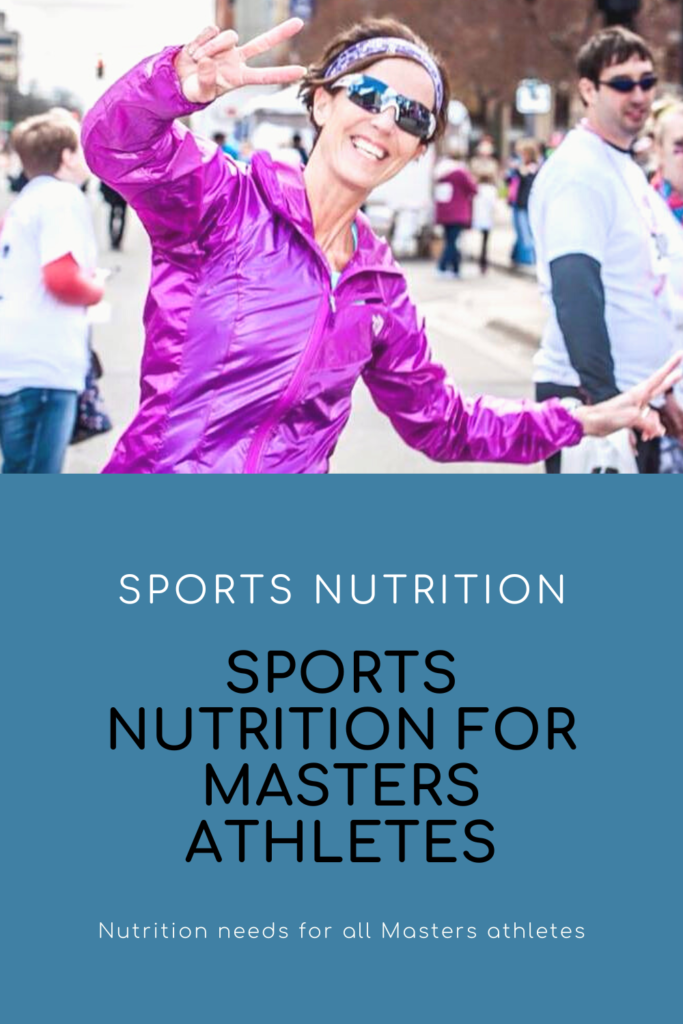
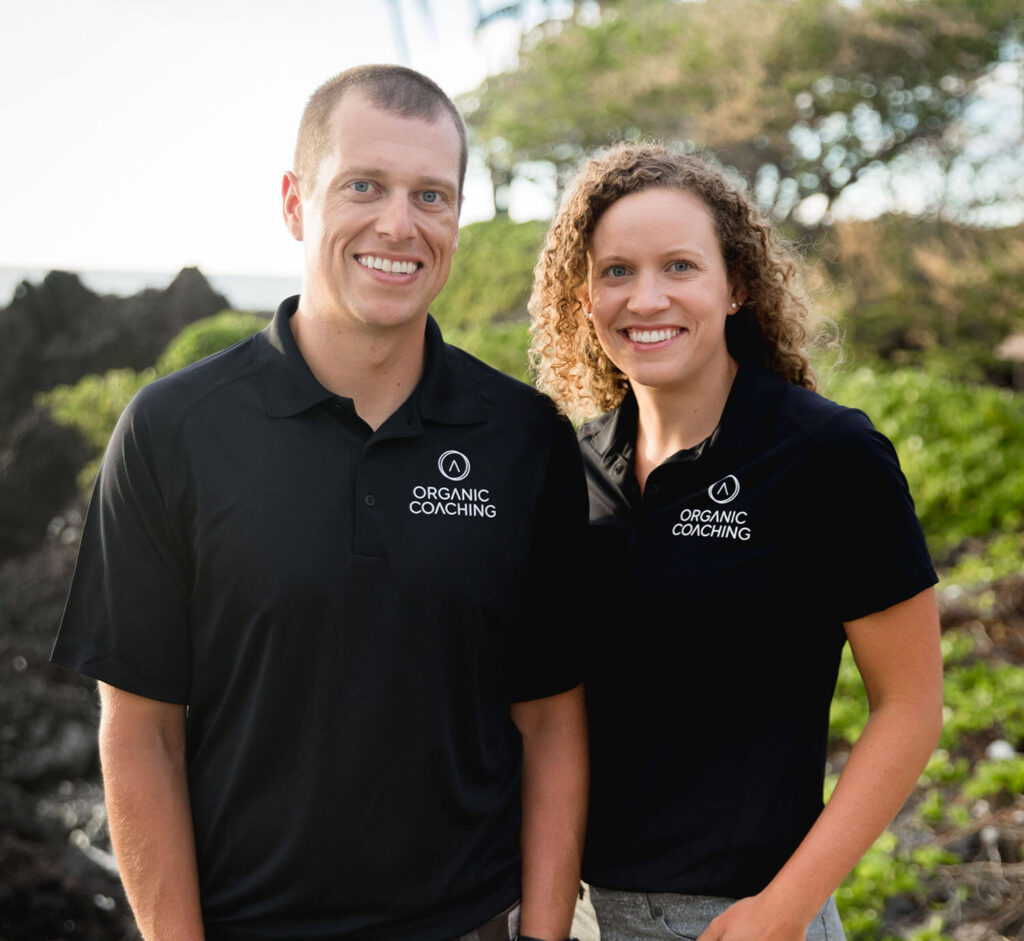
Carly and Tyler Guggemos built Organic Coaching in 2014 with a simple philosophy that works. The idea is to take what you have and grow it to get faster, fitter and stronger. And to do it with the time you have – not the time you wish you had.
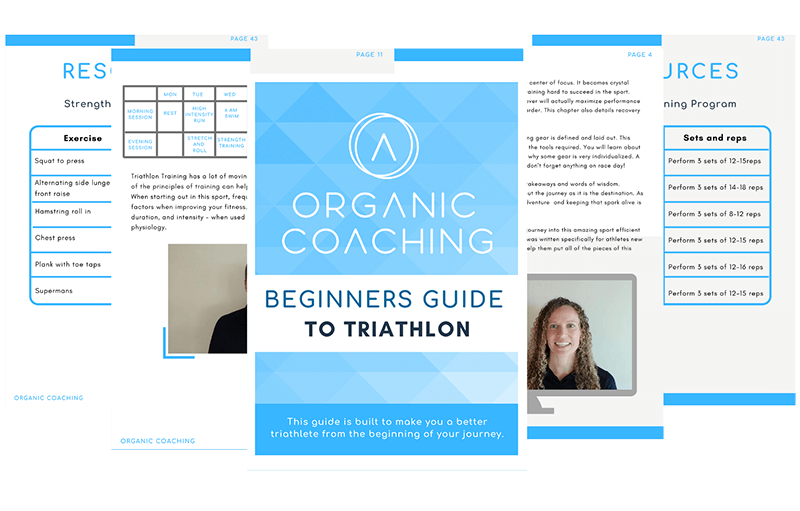
For athletes who are ready to take their training to the next level while still thriving and succeeding in their professional and family life.
Copyright © 2024 Organic Coaching LLC